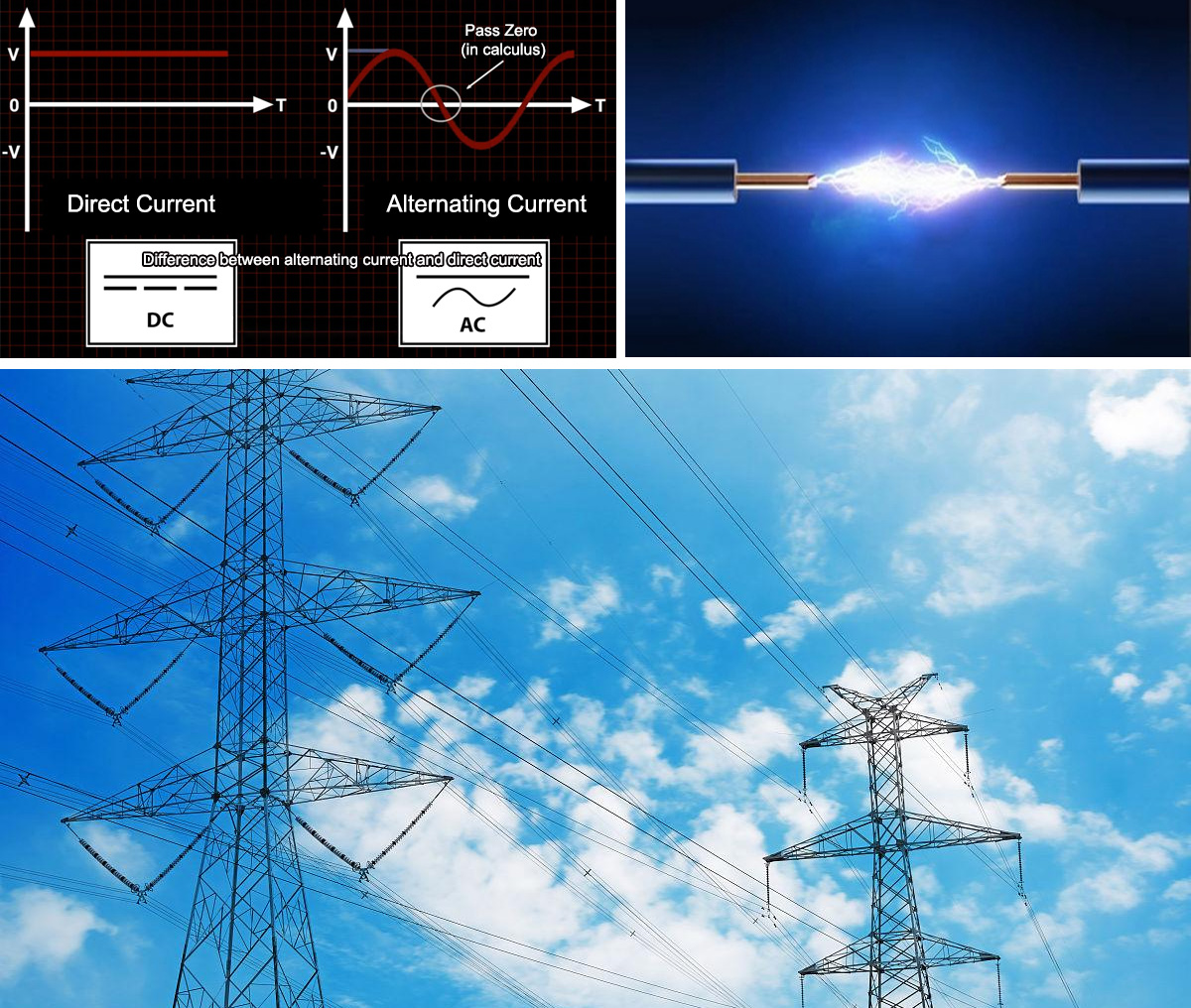In our daily life, we need to use electricity every day, and we are not unfamiliar with direct current and alternating current, for example, the current output of the battery is direct current, while the household and industrial electricity is alternating current, so what is the difference between these two kinds of electricity?
“Direct current”, also known as “constant current”, constant current is a kind of direct current, is the current size and direction do not change with time.
Alternating current
Alternating current (AC) is a current whose magnitude and direction change periodically, and is called alternating current or simply alternating current because the average value of the periodic current in one cycle is zero.
The direction is the same for different direct currents. Usually the waveform is sinusoidal. Alternating current can transmit electricity efficiently. However, there are other waveforms that are actually applied, such as triangular waves and square waves.
Differentiation
1. Direction: In direct current, the direction of current always remains the same, flowing in one direction. In contrast, the direction of current in alternating current changes periodically, alternating between positive and negative directions.
2. Voltage changes: The voltage of DC remains constant and does not change over time. The voltage of alternating current (AC), on the other hand, is sinusoidal over time, and the frequency is usually 50 Hz or 60 Hz.
3. Transmission distance: DC has relatively small energy loss during transmission and can be transmitted over long distances. While AC power in the long distance transmission will have a large energy loss, so need to be adjusted and compensated through the transformer.
4. Type of power supply: Common power sources for DC include batteries and solar cells, etc. These power sources produce DC current. While AC power is usually generated by power plants and supplied through transformers and transmission lines for domestic and industrial use.
5. Areas of application: DC is commonly used in electronic equipment, electric vehicles, EV Charging Stations, etc. AC is widely used in household applications. Alternating current (AC) is widely used in household electricity, industrial production, and power transmission.
6. Current strength: The current strength of AC can vary in cycles, while that of DC usually remains constant. This means that for the same power, the current strength of AC may be greater than that of DC.
7. Effects and safety: Due to the variations in current direction and voltage of alternating current, it may cause electromagnetic radiation, inductive and capacitive effects. These effects may have an impact on equipment operation and human health under certain circumstances. In contrast, DC power does not have these problems and is therefore preferred for certain sensitive equipment or specific applications.
8. Transmission Losses: DC power has relatively low energy losses when transmitted over long distances because it is not affected by the resistance and inductance of AC power. This makes DC more efficient in long distance transmission and power transfer.
9. Equipment cost: AC equipment (e.g., transformers, generators, etc.) is relatively more common and mature, and therefore its cost is relatively low. DC equipment (e.g., inverters, voltage regulators, etc.), on the other hand, is usually more expensive. However, with the development of DC technology, the cost of DC equipment is gradually decreasing.
Post time: Sep-28-2023





